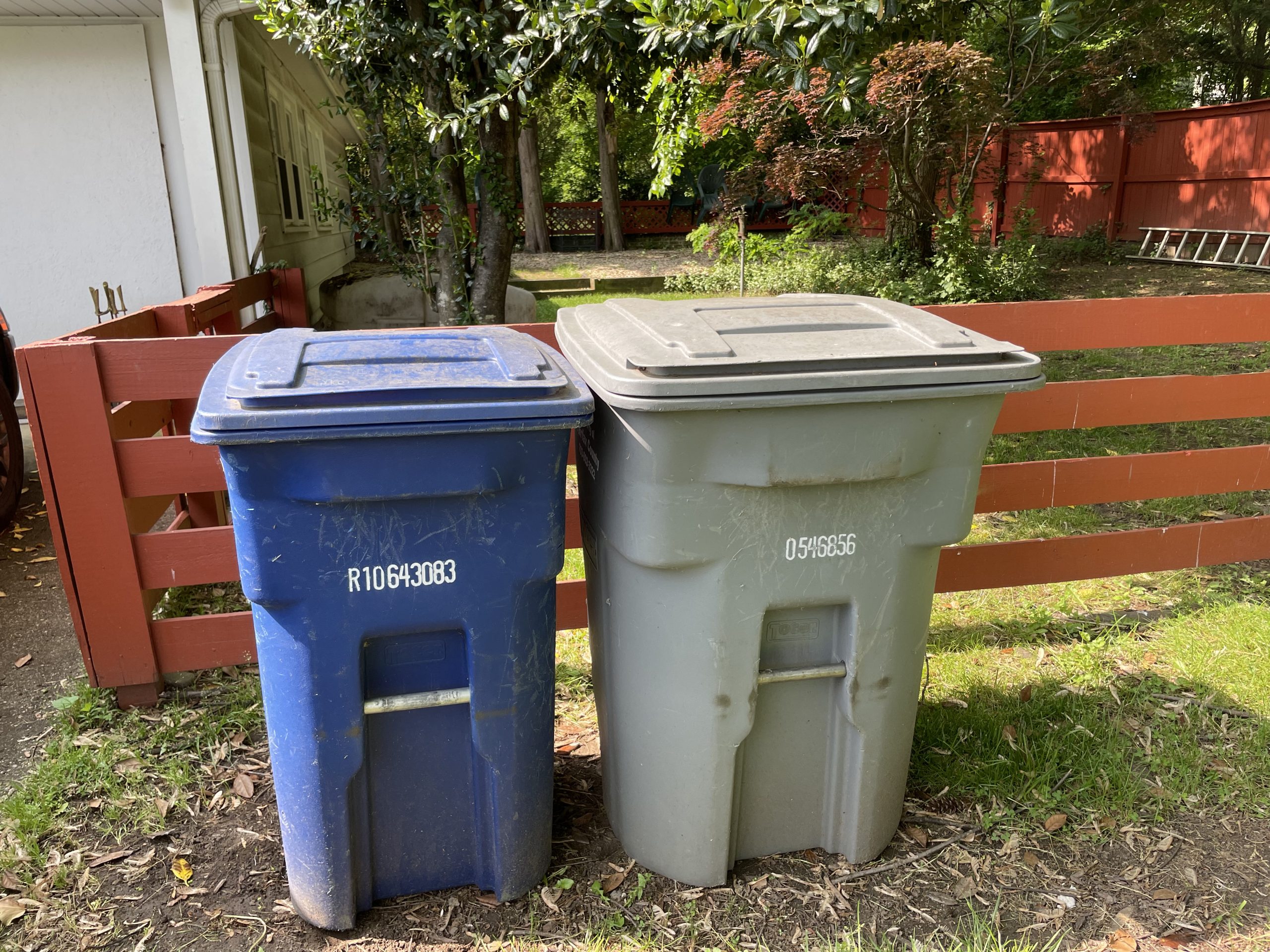American climate alarmists are impossible to please. Recent news about trash management demonstrates they permit no good deed to go unpunished.
A late June report from ProPublica analyzed pyrolysis, what they described as an “advanced recycling” process that uses “heat to break plastic all the way down to its molecular building blocks.” But “don’t be fooled” ProPublica warned, because this “mirage” should not count as true recycling! The punchline was their finding that—at best—just 20 percent of plastic trash put through pyrolysis becomes new plastic products, while the remainder becomes “diesel fuel, hydrogen, methane and other chemicals.”
The phrase “natural gas” was conspicuously missing, but that’s what methane is. So, ProPublica dismissed valuable fuels “and other chemicals” that may be just as useful as if they were vices rather than virtues.
ProPublica wasn’t alone in missing the main idea. Using pyrolysis to create marketable jet fuel with discarded plastic has been opposed by nonprofits such as the Natural Resources Defense Council, the Sierra Club, and the Environmetal Defense Fund.
Taking Out the Trash
Another option they really hate is just burning unsorted trash—plastic, metal, food waste, all of it—to create electricity. This doesn’t replace recycling, but improves on it, because it allows for recovery of metals and rare earth materials that are not consumed in the flames.
Trash is the cleanest burning hydrocarbon fuel source we have, even slightly better than natural gas. According to the Department of Energy and the Environmental Protection Agency, incinerating municipal solid waste to produce power releases roughly half the net carbon dioxide of burning coal to obtain the same energy. A June 2022 report posted at the website of the American Society of Mechanical Engineers verified these findings and advocated that Americans should turn more household waste into “low-carbon energy and recovering valuable materials.”
But only 12 percent of American trash is currently burned for energy recovery, compared to more than double or triple that level in nations such as France, Germany and the United Kingdom. The Japanese turn 75 percent of their trash into power.
One reason we don’t do better is the abundance of land we have, which—absent different financial incentives—can make it cheaper to just throw our stuff in landfills.
But another reason is that left-wing climate nonprofits oppose defining waste-to-energy facilities as Earth-friendly fuels—a classification that would change these financial incentives.
In 2021, a spokesperson for the Global Alliance for Incinerator Alternativesdenounced waste-to energy as “the worst form of waste management.” In the same report a Greenpeace USA representative accused the consumer goods industry of creating a “plastic waste catastrophe” and using “‘waste-to-energy projects’ to get rid of the evidence.” In a 2023 news release, Friends of the Earth denounced waste-to-energy as “dirty electricity.”
Again, it’s important to remember that all this hair-splitting is over doing something useful with stuff that would otherwise go to the landfill.
While the opposition from all these groups is inconsistent with their professed desire to reduce carbon emissions and trash, it’s perfectly aligned with their reliable resistance to all forms of useful energy.
Natural Gas
Back when we didn’t know the United States would become a natural gas superpower, the fuel that is so maligned today was considered the planet-friendly option. As part of his “environmental” agenda, Al Gore’s 2000 presidential platform promoted “expanded exploration for cleaner burning natural gas.”
Natural gas and coal each contributed 23.7 percent of total American energy consumption in 2000. But natural gas has since become the “less costly alternative” for producing electricity. Last year, it accounted for 33.9 percent of total U.S. energy use and coal a tiny 8.7 percent.
Department of Energy data confirms that burning natural gas emits less carbon dioxide than almost all other hydrocarbon fuels (save for the trash burning) and that coal emits the most. As a result, from 2007 through 2022, as coal burning was replaced by gas burning in the electricity sector, annual American carbon emissions declined by 1 billion metric tons, or 17.5 percent.
Burning gas rather than coal made up most of the difference. Annual emissions from natural gas increased by 490 million metric tons, while coal-based carbon emissions plummeted by 1.25 billion. The net decline of 760 million is equal to the total combined 2022 emissions of both Germany and Belgium.
Opposing Whatever Works
Ah, but in November 2022 Gore declared natural gas to be a “classic bridge to nowhere” fuel. All the climate nonprofits mentioned thus far have been similarly and severely opposed.
Perhaps it’s for the same reason all of them—and a couple of hundred others with a combined annual budget that exceeds $2.3 billion—have opposed the use of nuclear power. Nuclear is a very safe and functionallylimitless source of electricity that produces no greenhouse emissions at all.
Maybe it’s for the same reason they all promote wind and solar energy instead. These are the weather dependent, unreliable sources of electricity that are voracious consumers of land (i.e., “the environment”). A 2018 Massachusetts Institute of Technology analysis predicted that reliance on improved battery backup for intermittent wind and solar energy is a “dangerously unaffordable” idea.
Ronald Reagan once joked that the federal government taxed whatever moved, regulated whatever continued to move, and subsidized whatever stopped moving. That’s the American climate Left’s attitude towards energy.
They oppose whatever works.
Tags: Environmental Defense Fund (EDF), green energy, natural gas, Natural Resources Defense Council (NRDC), ProPublica, recycling, Sierra Club
Ken Braun
Ken Braun is CRC’s senior investigative researcher and authors profiles for InfluenceWatch.org and the Capital Research magazine. Original here.
